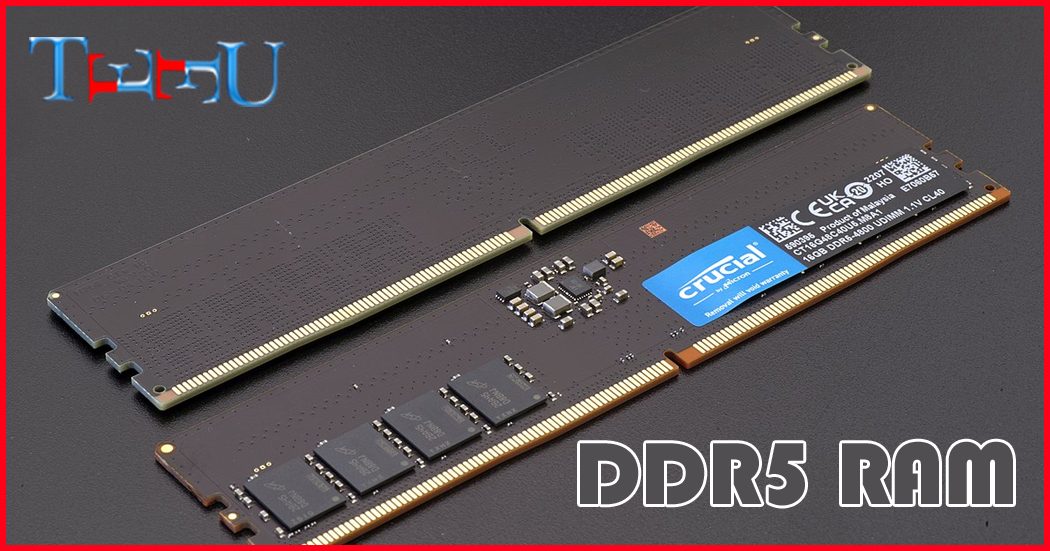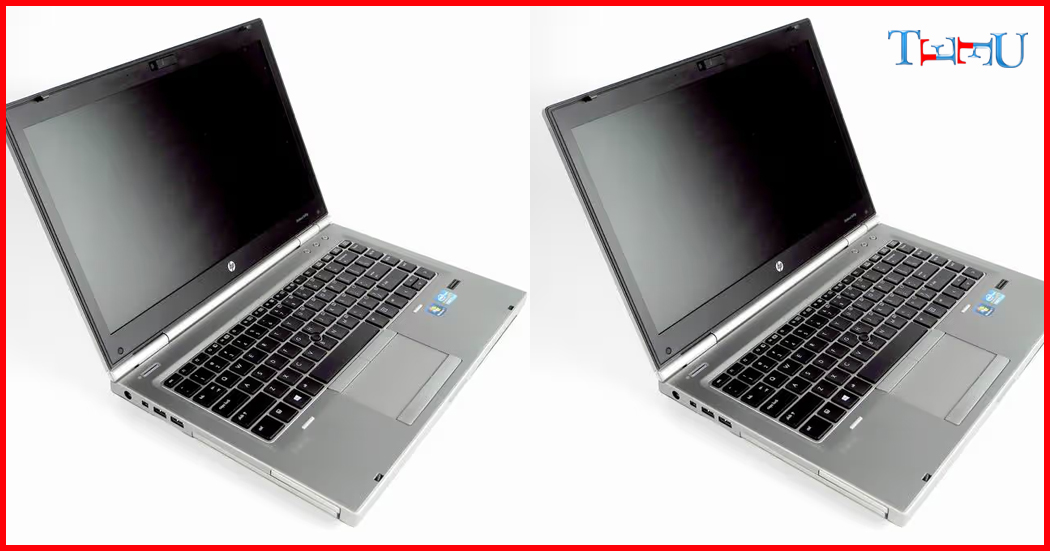DDR5 ram has been released for some time. The latest Intel 12th generation Core processor has supported it, and the related 600 series motherboards have also been launched. Many 600 series motherboards are launched in two versions when they are first released: one supports DDR5 memory version; one supports DDR4 memory version. Many users have difficulties because of this. What is the difference between the two? Does DDR5 significantly improve the experience compared to DDR4? Is DDR5 really necessary? Which memory solution should we choose? Below I will answer these questions one by one.

What is the difference between DDR5 and DDR4?
1. Higher memory frequency
DDR5 has a higher basic frequency, starting at 4800MHz, while DDR4 generally only starts at 2133MHz or 2400MHz. The current flagship DDR4 memory is only 4266MHz, and 4800MHz is almost the limit of DDR4 memory frequency. Of course, DDR5 memory also released higher frequency memory such as 5200MHz and 6400MHz in the early stages of its launch, leaving DDR4 behind!
2. Lower working voltage
DDR5 operates at a lower voltage than DDR4. The operating voltage of DDR4 is generally 1.2V, while the operating voltage of DDR5 drops to 1.1V. The advantage is that the energy consumption ratio is better.
3. Integrated PMIC power management chip
DDR4 memory also has a PMIC power management chip, which is just integrated on the motherboard. DDR5 also integrates the PMIC power management chip from the motherboard to the memory PCB board. The advantage is that it can intelligently adjust voltage changes, monitor current while promoting voltage slope and Level configurability reduces the burden of motherboard power management. Compared with integrating on the motherboard, integrating on the memory has a shorter path and faster control speed.
4. Single chip density is higher
Many people who buy DDR4 memory will find that all memory capacities are multiples of 4. That is because the capacity of a single DDR4 chip is only 4GB. The single-chip density of DDR5 memory has reached 16GB, which means that the capacity of all DDR5 memory you buy in the future will be a multiple of 16, a full four times. In addition, the capacity of a single DDR5 memory stick will also take off, and 256GB or even 512GB of memory will become possible.

5. Different interfaces
The fool-proof port of the DDR5 memory slot has been moved to the center position. The purpose is to achieve dual channels for a single memory. The speed on both sides must be kept consistent, so the fool-proof port cannot be tilted to one side. Therefore, DDR5 memory slots cannot be inserted into DDR4 memory, and vice versa. DDR5 memory must be plugged into a motherboard that supports DDR5 memory.
6. Higher bandwidth speed
The bandwidth of DDR5 ram 4800MHz is 38.4GBps, and the bandwidth of DDR4 3200MHz is 25.6GBps. As the frequency increases, the bandwidth also becomes higher.
7. Integrated ECC memory error correction mechanism
DDR5 adds a simplified version of the ECC error correction function. Only the On-die Ecc error correction function is added to DDR5 ram. On-die Ecc can only correct errors inside the memory. As for Ecc, which is often called, there are usually extra particles allocated to Ecc. function to correct communication errors during operation. The ECC on DDR5 is mainly to improve the stability of the memory, such as reducing the probability of blue screen occurrence, but there is still a certain gap between it and server-level memory.
8. Single memory bank can have dual channels
It is said above that DDR5 ram memory change the position of the anti-fool interface for dual-channel components, which is not groundless. When we try to insert DDR5 memory on a motherboard that supports DDR5 memory, the software will recognize it as dual-channel memory.
DDR5 ram divides the 64-bit data bandwidth into two 32-bit addressable channels (40 bits when considering ECC factors), which can effectively improve the efficiency of memory controller data access and reduce delays. Some software fails when identifying DDR5 memory. A single single-channel memory will be recognized as dual-channel.
DDR5 implements dual channels in a single module. In the past, DDR was 72-bit (64-bit data + 8-bit ECC), but DDR5 has become two sets of 40-bit (32-bit data + 8-bit ECC). Two smaller independent channels improve memory access efficiency, specifically reducing access latency. This separate structure also improves signal integrity.
9. Higher timing (disadvantages)
The lower the timing, the better. The timing of DDR5 4800 is generally CL40, while the timing of DDR4 2666 can reach CL17. This phenomenon of rising timing also occurred when DDR3 was converted to DDR4. At that time, the timing of DDR3 was generally from CL6 to CL11. After upgrading to DDR4, the timing was generally maintained at CL17 to CL19. Of course, with subsequent optimization, lower timing DDR5 ram memory will also appear.
10. XMP3.0 technology
XMP is the most common technical term in this generation of memory overclocking. When we buy high-frequency DDR4 memory, merchants generally recommend that we restart the computer, enter the BIOS, and turn on the XMP switch on the motherboard, so that our memory can run faster. high frequency, otherwise it can only run at the default low frequency. Compared with XMP2.0, XMP3.0 adds more configuration files, including 3 fixed configurations and 2 user-defined configurations. Users can modify the configuration name, control voltage, and more customized content. XMP3.0 currently only supports DDR5 ram memory, which is an exclusive technical solution.

DDR5 is so powerful, is the performance improvement obvious?
The following uses the test platform to configure the i9-12900K+Z690 motherboard.
1. CPU-Z benchmark performance test
In the CPU-Z benchmark test, the single-thread running scores of DDR5 ram and DDR4 are basically the same, and the multi-threading difference is only about 200 points, with DDR5 slightly better.
2. ChineBench R20 test
In the ChineBench R20 rendering test, compared with DDR4 memory, DDR5 memory is basically the same under the CPU single-thread test. DDR5 is only a few dozen points higher in the CPU multi-thread running score, which can be regarded as a test error.
3. Game performance test
In the actual measured games, there is almost no difference in frame rates between DDR5 and DDR4 in stand-alone games. Online games involve interaction with the CPU, and the high frequency of DDR5 has an effect. Compared with DDR5, it is more than ten frames higher.
Is it necessary to buy DDR5 memory? How to choose?
DDR5 is a big step forward compared to DDR4, especially in frequency and bandwidth. Technologies such as ECC error correction, XMP3.0 and PMIC power management chips have also been added. However, DDR5 still has some imperfect shortcomings: on the one hand, Intel’s CPU has just begun to support it and has not yet fully adapted to the high frequency of DDR5. The actual performance is not much different from DDR4 memory; at present, DDR5 is still in its early stages and has high timing issues. , the disadvantage of high latency.
- In actual performance, DDR5 has certain improvements in its support for CPU multi-threading. If you often use multiple cores in daily use, you can try to choose DDR5 memory;
- DDR5 has little effect on standalone graphics, especially on large-scale stand-alone games. It has a slight improvement on online games, but the performance and price are relatively small. It is not as good as matching a good graphics card and CPU. If you only play stand-alone games, it is recommended to buy DDR4 memory;
- Because its frequency is very high, if it is a machine with pure core graphics (do not buy independent graphics), the performance may be improved. Interested friends can test it in practice;
- The price of DDR5 is still very expensive. A 16G 4800MHz DDR5 memory costs about a thousand yuan. Compared with the performance improvement, non-rich users should be careful not to buy it!













One thought on “What is the difference between DDR5 ram and DDR4 ram memory?”